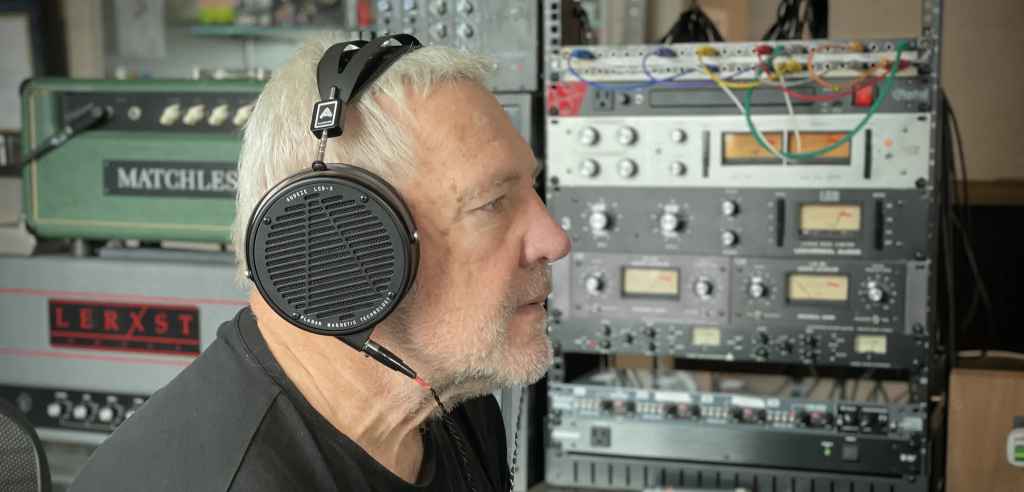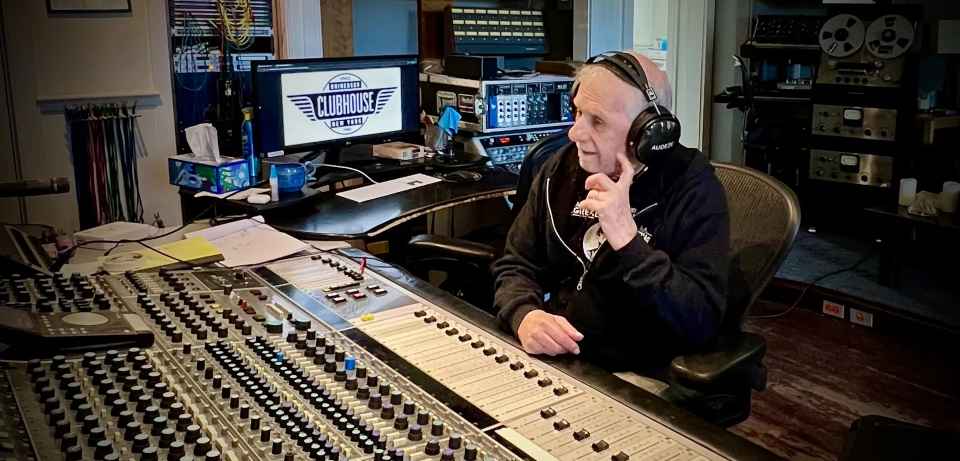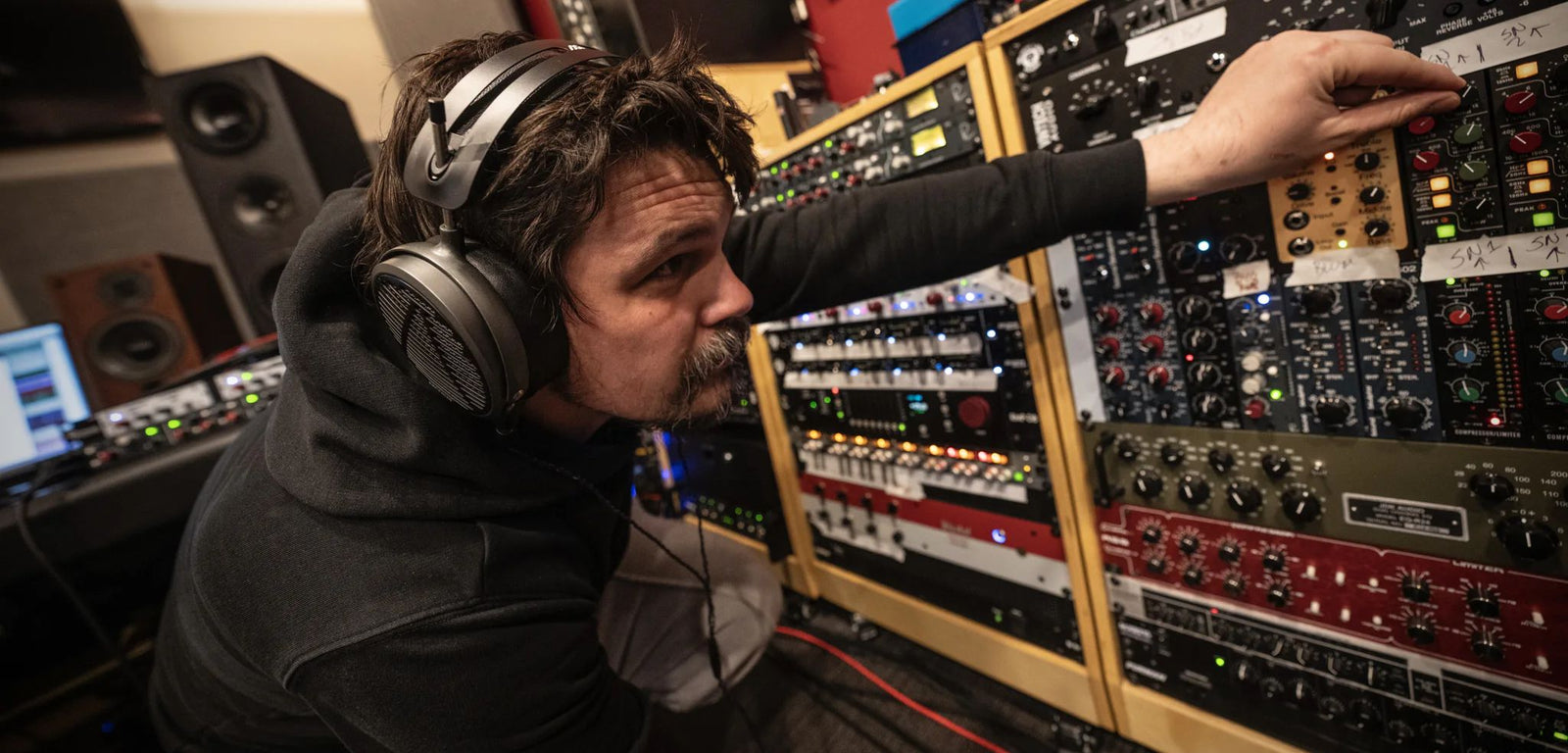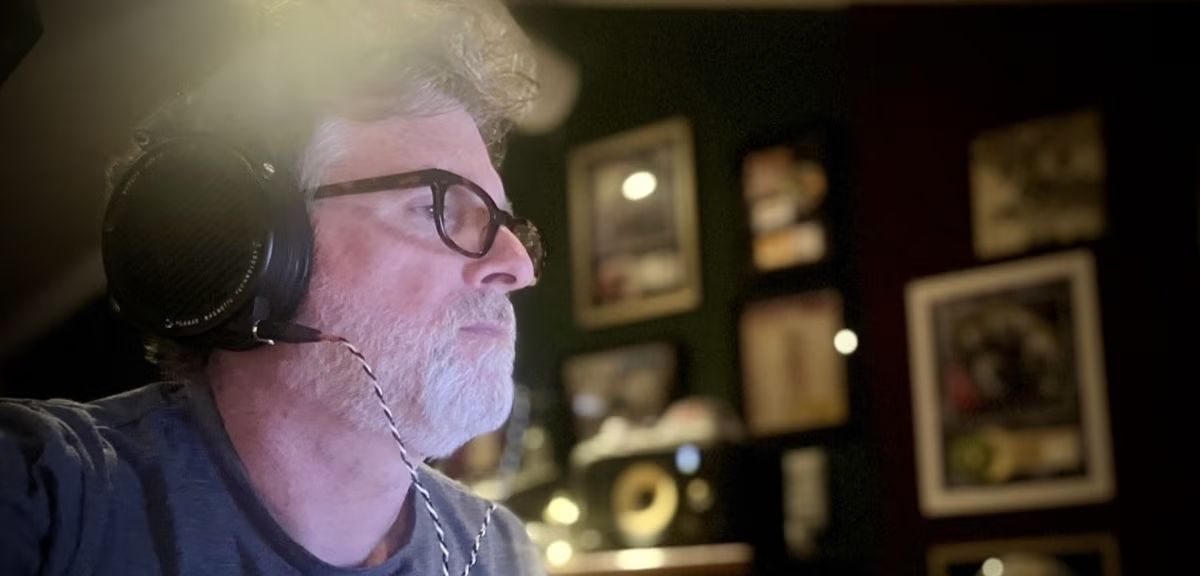
Alex Lifeson is a Canadian musician, best known as the guitarist of the Canadian rock band Rush.

Elliot Scheiner is an engineer and producer. He started working for Phil Ramone at his A&R studios which at that time was considered one of the best studios in the country.

James 'Jimmy T' Meslin is a Grammy winning recording, mix, and live sound engineer based out of Long Island, NY. He's probably best known for his work with prog-metal giants Dream Theater and their affiliated projects.

Dave Way has been mixing longer than he hasn’t. Platinum albums, No. 1 singles, 4 Grammys, 19 Billion streams with names like Michael Jackson, Fiona Apple, P!nk, Xtina Aguilera, Ringo Starr, Iron And Wine, Sheryl Crow, Marshmello, Fall Out Boy, Kesha, Macy Gray, TLC, Victoria Monet, Sons Of Anarchy, Tracy Chapman, Ben Folds, John Doe, MC5, Spice Girls, Weird Al, Paul McCartney, Bobby Brown, Mick Jagger and many, many more.
June 10, 2023
Giovanni Cordova is an audio engineer from Sirmione, Italy. Giovanni has been making a name for himself in the music industry by working with a diverse range of international artists, including up-and-comers like James Herrera and Strandliebe as well as established acts like Galup and Molotof. His work has even caught the attention of major record labels, with some of his projects being released by industry giants Warner Music and Sony Music, as well as through independent channels.

Over the past few years, I have had the opportunity to work with many talented artists across a range of genres. One of my collaborations was with Peter Cloud on the song “French,” which we created together with Filthy Sundays. Another recent release was “Desquiciao” by the talented Spanish artist James Herrera. I was thrilled to work with him and be a part of the production sessions. Another highlight was working on the record “Matgreesh” by Molotof and VLI WEEZY from Cairo. When Molotof contacted me, I was immediately intrigued by the sounds of his culture. I also had the pleasure of working with Italian reggae artist Galup on his latest records, produced by XS and Andrew D.
My role is to help artists and producers reach the full potential of their music. I take over from the producer’s last version and bring it to the best possible sounding outcome. This can involve anything from completely rebuilding the material to making small but effective tweaks that complete the song. I appreciate that artists and producers can rely on me for mixing and mastering while they stay inspired to create new music.
I can trace my inspiration for pursuing a career in audio engineering back to several key moments in my childhood. One of these was listening to my father’s vinyl record collection when I was six or seven years old. Among the titles I remember are “The Man-Machine” by Kraftwerk, “Ladies Night” by Kool and the Gang, and “Toto” by Toto. As a teenager, I discovered heavier rock genres and began playing the guitar, inspired by Toni Iommi’s riffs in “Paranoid” by Black Sabbath and AC/DC’s “Back in Black.” Towards the end of high school, after playing in bands for a few years, I transitioned more towards electronic music. I was blown away by Skrillex’s “Recess,” which inspired me to start experimenting with DAWs and producing my own music. It was then that I decided to invest my time and resources into professional audio engineering studies. The focus on mixing and mastering came naturally during that period.
Working on music means working with people. Good communication with the artist or producer is key to achieving the best possible outcome. Their vision is sacred, and the only way to understand it is through optimal communication. For this reason, I always try to organize in-person meetings or video calls before, during, and after the working process. Sometimes there isn’t a lot of time available, but experience has taught me how to put as much effort as possible into interpreting the artist’s message and applying it to my workflow.
In recent years, I have been streamlining my setup to make it more compact and essential. I have found that it is better for me to have fewer tools but to know how to use them optimally, rather than having many things in the studio that are used poorly or not at all. As a result, I have been able to work mostly in the box (ITB) and on headphones without sacrificing any translation. This has led to tremendous improvements in time-saving and focus, and it also allows me to bring all my tools with me when I travel, which happens quite often. When working ITB, I rely on a few plugins that have served me well and am cautious about adopting new innovations. The market offers an overwhelming number of options today, and it is all too easy to clutter your computer with unused software.
Always be open to learning from anyone who crosses your path and try to leave your ego at the door. Embrace failure and constructive feedback as they are fundamental to your growth in any field. And when you feel impatient, try to take a step back and gain some perspective. Today’s obstacles and difficulties may hold the key to unlocking something big in the future!
A couple of years ago, I switched to using headphones as my primary monitoring system, with my speakers now serving as a secondary option. If you travel frequently or don’t want to invest in a treated room, it is definitely possible to have a solid full-range monitoring system using headphones. However, there are a few things to consider to make this approach sustainable in the long term. First, it’s important to know the specifications of the headphones you use and understand their power requirements. This will help you determine which amp is most appropriate for optimal performance. Second, it’s vital to keep the volume as low as possible to avoid ear fatigue. This allows you to work for long hours without sacrificing perspective. Lastly, while you won’t need a treated room when working on headphones, you will need a quiet room and computer, especially when using open-back headphones.
When I first tried the MM-500 headphones, I was immediately struck by the level of detail and the “magnifying glass” effect they offered, especially in the high-mids. After analyzing multiple genres of music, I was impressed by how versatile these headphones were in accurately representing the full frequency spectrum and dynamics. As someone who has been working mainly on headphones for the last couple of years, it is crucial for me to have accurate monitoring when making decisions on my projects. I recently used the MM-500 on a few songs that I received for mixing and mastering and found that the translation was spot-on. I believe that these headphones should not be viewed solely as a mixing tool. Given their upfront and detailed sound, they are also well-suited for music production in general and especially for editing.
I recently had the pleasure of working on “KYRIE,” “VAHO,” and the upcoming “NADIE” by James Herrera, produced by Peter Cloud. I also co-produced, mixed, and mastered Strandliebe’s next single “Do You”. Another exciting project I worked on was Galup’s latest album “Tra Il Bene e Il Male”. The material I received was brilliantly put together by XS and Andrew D. Additionally, I have had the opportunity to connect with many interesting creatives and support them through my SoundBetter page. The MM-500 headphones have been a great ally in ensuring that the sound is on point before sending the material back for approval and release.
